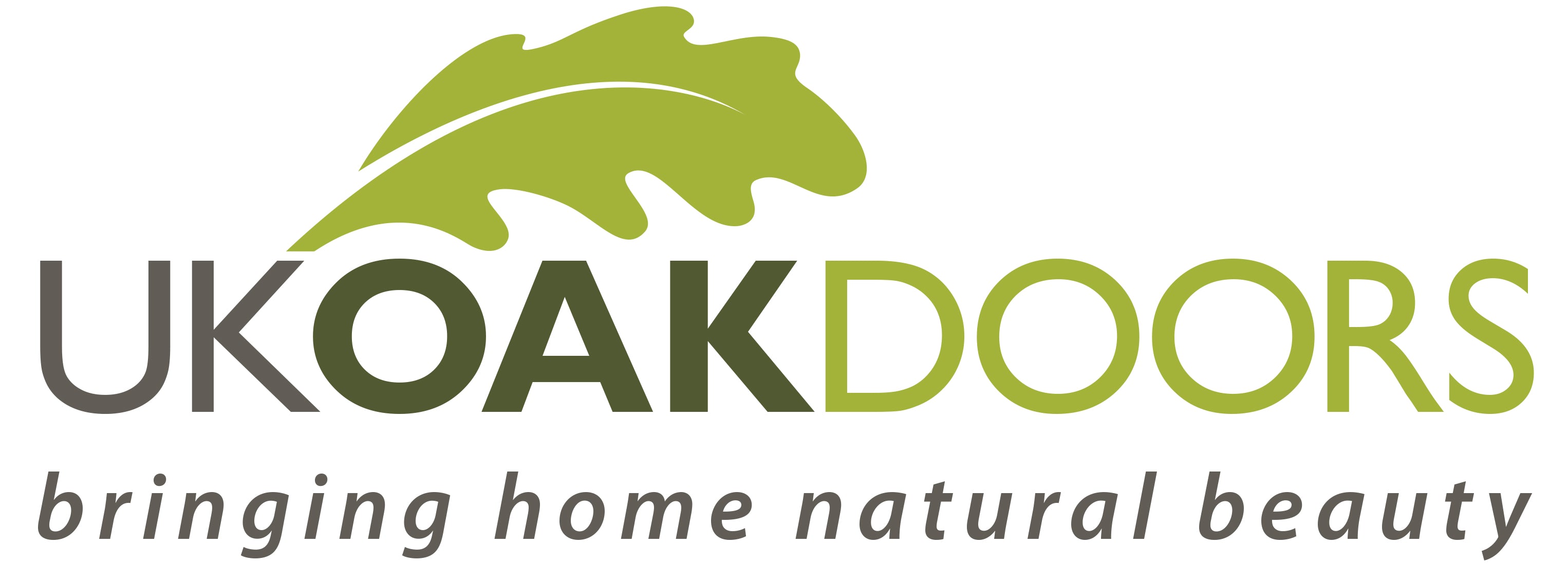Summary Table of Key Points
| Key Points |
Description |
| Importance of Choice |
Choosing the right French doors enhances aesthetics and functionality. |
| Internal vs External, Material, Style |
Discusses the use, material, and style variations of French doors. |
| Glazing, Security, Energy Efficiency |
Highlights the essential features to consider for performance and security. |
| DIY vs Professional, Maintenance Tips |
Weighs the pros and cons of installation methods and offers maintenance tips. |
| Cost Factors, Budgeting Tips |
Explains variables affecting cost and offers budgeting advice. |
| Final Thoughts, Recommendations |
Summarizes the guide and offers bespoke options for unique requirements. |
Introduction
Why French Doors?
French doors are more than just an entryway—they're a statement. These elegant doors have long been a favourite in home design, offering both aesthetic appeal and practical functionality. Whether you're looking to create an open-plan feel or simply want to add a touch of sophistication, French doors are a versatile choice. They can serve as a stunning focal point in any home renovation project, elevating the overall look and feel of your space.
Importance of Choosing the Right French Doors
This visual presents a comparative view of how aesthetics and functionality influence the choice of French doors. 60% of choices are driven by aesthetics, while 40% emphasise functionality.
But here's the catch: not all French doors are created equal. The market is flooded with options, and choosing the wrong one could lead to regret. That's why it's crucial to make an informed decision. The right set of French doors can enhance your home's aesthetic, improve energy efficiency, and even boost security. So, how do you go about making the right choice? This comprehensive guide aims to answer that very question, walking you through everything you need to know to choose the perfect French doors for your home.
List of Considerations When Choosing French Doors
- Material: Oak, Pine, Walnut
- Type: Internal vs External
- Features: Glazing, Security
- Budget: Cost-effective options
- Installation: DIY or Professional
This is just the beginning. In the following sections, we'll delve deeper into the types of French doors, features to consider, installation, and much more. So, let's open the door to a world of possibilities, shall we?
Types of French Doors
The chart highlights the sales trends of French doors over two years. While external doors dominate the market, internal doors have also seen consistent sales.
Internal vs External French Doors
When it comes to French doors, the first decision you'll need to make is whether you're looking for internal or external doors.
Internal French doors are often used to separate rooms within the home, like a living room from a dining room. They're great for creating an open-plan feel while still allowing the option for privacy. On the other hand,
external French doors serve as an entryway to a garden or patio, offering a seamless transition from indoors to outdoors.
Table: Internal vs External French Doors
| Feature |
Internal French Doors |
External French Doors |
| Primary Use |
Room Separation |
Outdoor Access |
| Material |
Oak, Pine, Walnut |
Oak, Pine, Walnut |
| Glazing |
Optional |
Usually Double |
| Security |
Basic |
Enhanced |
Material Matters
The visual showcases the preference of materials for French doors. Wood emerges as the top choice, followed by metal, vinyl, and other materials.
The material of your French doors plays a significant role in both aesthetics and functionality. Oak doors offer a timeless look and robust durability. Pine doors are generally more affordable but may require more maintenance. Walnut doors provide a rich, dark finish that can add a touch of luxury to any space. Each material has its pros and cons, so consider your needs and preferences carefully.
List: Pros and Cons of Different Materials
- Oak: Durable, Timeless, More Expensive
- Pine: Affordable, Lighter Colour, Less Durable
- Walnut: Luxurious, Dark Finish, Moderately Priced
Style Variations
French doors come in a variety of styles to suit different tastes and home designs. From traditional to modern, and even
Victorian, the options are endless. Some styles feature intricate details and carvings, while others offer clean lines and minimalist designs. Your choice will ultimately depend on the overall theme and decor of your home.
Features to Consider
Glazing Options
When it comes to French doors, glazing isn't just about aesthetics—it's also about performance. Single glazing is often sufficient for internal doors, but if you're considering external French doors, double or even triple glazing is the way to go. These options offer better insulation, noise reduction, and enhanced security.
List: Types of Glazing and Their Benefits
- Single Glazing: Cost-effective, suitable for internal doors
- Double Glazing: Energy-efficient, noise-reducing
- Triple Glazing: Maximum insulation, highest security
Security Measures
Security is a paramount concern, especially for external French doors. Basic locks might suffice for internal doors, but for an entryway, you'll want multi-point locking systems or even smart locks. Some
fire doors also come with enhanced security features, making them a dual-purpose option.
Table: Security Features to Consider
| Feature |
Importance |
Recommended For |
| Multi-point Locking |
High |
External Doors |
| Smart Locks |
Moderate |
Both Internal & External |
| Reinforced Glass |
Moderate |
External Doors |
| Security Bars or Grilles |
Low |
External Doors |
Energy Efficiency
The chart emphasises the rising trend in energy savings achieved by incorporating efficient glazing in French doors. The savings have seen a notable increase over the years.
Energy efficiency is often overlooked but can make a significant difference in your utility bills. Look for doors with good thermal performance ratings. Double or triple glazing, as well as quality seals, can help maintain indoor temperatures, making your home more energy-efficient.
List: Tips for an Energy-Efficient French Door
- Opt for double or triple glazing.
- Check the door's thermal performance rating.
- Ensure quality seals to prevent drafts.
Installation and Maintenance
This visual illustrates the dominant preference for professional installation of French doors. While DIY methods are chosen by some, the majority rely on professionals.
DIY vs Professional Installation
The installation of your French doors can either be a DIY project or handled by professionals. While going the DIY route may save you some money upfront, it's essential to consider the complexities involved. Incorrect installation can lead to issues like drafts, leaks, and even security vulnerabilities. On the flip side, professional installation ensures that your doors are perfectly fitted, secure, and energy-efficient.
Table: DIY vs Professional Installation
| Aspect |
DIY |
Professional |
| Cost |
Lower |
Higher |
| Time |
Variable |
Quicker |
| Skill Required |
High |
None |
| Warranty |
Usually None |
Often Included |
LSI Keywords: DIY, Professional Installation, Cost, Time, Skill, Warranty
Maintenance Tips
Once your French doors are installed, they'll need regular maintenance to keep them looking and functioning their best. This is especially true for
fire doors, which require specific upkeep to maintain their fire-resistant properties.
List: Maintenance Tips for Different Types of French Doors
- Oak Doors: Regular oiling to maintain the wood's lustre.
- Pine Doors: Frequent painting or staining to prevent wear.
- Walnut Doors: Dusting and occasional polishing.
- Fire Doors: Regular checks for integrity and seal quality.
Part 5: Cost and Budget
Cost Factors
The cost of French doors can vary widely depending on several factors. Material, glazing options, and additional features like enhanced security systems can all impact the final price. For example, oak doors are generally more expensive than pine, and double or triple glazing will add to the cost. It's essential to understand these variables to budget effectively.
Table: Factors Affecting the Cost of French Doors
| Factor |
Impact on Cost |
Notes |
| Material |
High |
Oak is generally more expensive than pine. |
| Glazing |
Moderate |
Double or triple glazing costs more. |
| Security |
Moderate |
Advanced locking systems can add to the cost. |
| Installation |
Variable |
DIY is cheaper but riskier. |
LSI Keywords: Cost, Material, Glazing, Security, Installation
Budgeting Tips
Budgeting for your French doors doesn't have to be a headache. Here are some tips to help you plan your finances effectively:
- Prioritize Features: Decide what features are non-negotiable for you and budget for those first.
- Get Multiple Quotes: Don't settle for the first quote you receive. Shop around for the best deal.
- Consider Financing: Some companies offer financing options for more expensive doors, making it easier to manage the cost.
List: 3 Budget-Friendly French Door Options
- Pine Doors with Single Glazing: Affordable and functional.
- Basic Oak Doors: A mid-range option with timeless appeal.
-
Bespoke Doors on a Budget: Custom-made doesn't always mean expensive. Some companies offer budget-friendly bespoke options.
Part 6: Conclusion and Recommendations
Final Thoughts
We've covered a lot of ground in this guide, from the types and materials of French doors to the features, installation, and budget considerations. The right set of French doors can not only enhance the aesthetic appeal of your home but also offer functional benefits like improved security and energy efficiency. Whether you opt for
internal or
external French doors, the key is to make an informed decision that aligns with both your needs and your budget.
LSI Keywords: Internal, External, Aesthetic, Functional, Security, Energy Efficiency, Budget
Recommendations
If you're looking for something truly unique, consider going the
bespoke route. Custom-made doors give you the freedom to choose every aspect, from material and design to glazing and security features. It's the ultimate way to ensure that your French doors are perfectly tailored to your home.
List: Top 3 Recommendations for Choosing French Doors
- Do Your Research: Understand the types, materials, and features available.
- Consider Your Needs: Think about your specific requirements, such as security and energy efficiency.
- Budget Wisely: Know what you can afford and prioritize accordingly.
Frequently Asked Questions (FAQs)
1. What Are the Benefits of Installing French Doors?
French doors offer both aesthetic and functional benefits, enhancing the visual appeal of your home while providing better insulation and security.
2. How Do I Choose Between Internal and External French Doors?
The choice depends on your specific needs.
Internal French doors are great for room separation, while
external French doors are ideal for outdoor access.
3. What Types of Material Are Best for French Doors?
Oak, pine, and walnut are popular choices, each with its own set of pros and cons. Oak is durable but more expensive, pine is affordable but less durable, and walnut offers a luxurious finish.
4. Are French Doors Energy-Efficient?
Yes, especially if you opt for double or triple glazing. These options provide better insulation and can help reduce your energy bills.
5. How Do I Maintain My French Doors?
Regular maintenance varies by material. For example, oak doors may require oiling, while pine doors may need frequent painting or staining.







